The other night I was having dinner at a friend’s house – a lovely older lady who roasts a roast beef with the best of them. She knows I’m a firearm enthusiast (not a gun nut – a firearm enthusiast) and politely inquired about the work I do for this fine website. Eventually she asked: “Do you have a gun on you right now?”
Of course I did, because I had to leave my house in order to get to hers, and I told her as much. She then asked if she could hold it. Now, I knew this fine lady had never held a firearm before, so I made a point of obviously removing all five cartridges from my snubnosed revolver and showing her the empty cylinder before handing the little heater over to her.
“This is a ‘snubnose,’ isn’t it?” she asked. “I know because I read a lot of murder mystery novels. Oh, how fun!” She then proceeded to wrap her finger around the trigger and point my own revolver at me.
I didn’t react with the same vitriol that a Gunnery Sergeant reserves for his new recruits. She couldn’t have known she was committing the biggest no-nos in the firearm world.
I decided to turn my friend’s faux pas into a lesson in firearm safety. It’s not one she’s ever likely to use, because I doubt she’ll ever pick up a weapon again, but trigger discipline is an important thing for anyone to know if they live in a world that contains over a billion firearms.
Lt. Col. Jeff Coper’s Four Basic Rules of Firearm Safety

I told my friend about a man named Lt. Col. Jeff Cooper, the United States Marine who created the modern technique of handguns and laid out the four core tenets of gun safety. These are:
- All firearms are always loaded; treat them like they are, even when you know they’re not.
- Never let your muzzle cover anything that you are unwilling to destroy.
- Keep your finger off the trigger until you’re ready to fire.
- Know your target and what’s beyond it.
When followed to a T, Lt. Col. Cooper’s rules make it impossible to accidentally shoot yourself, someone else, or surrounding objects. His second rule is tied to the concept of “muzzle discipline,” in which you learn never to point a firearm at someone or something which you don’t intend to shoot. His third rule is also called “trigger discipline,” and it’s appropriately practiced solely with the fingers.
What Is Trigger Discipline?
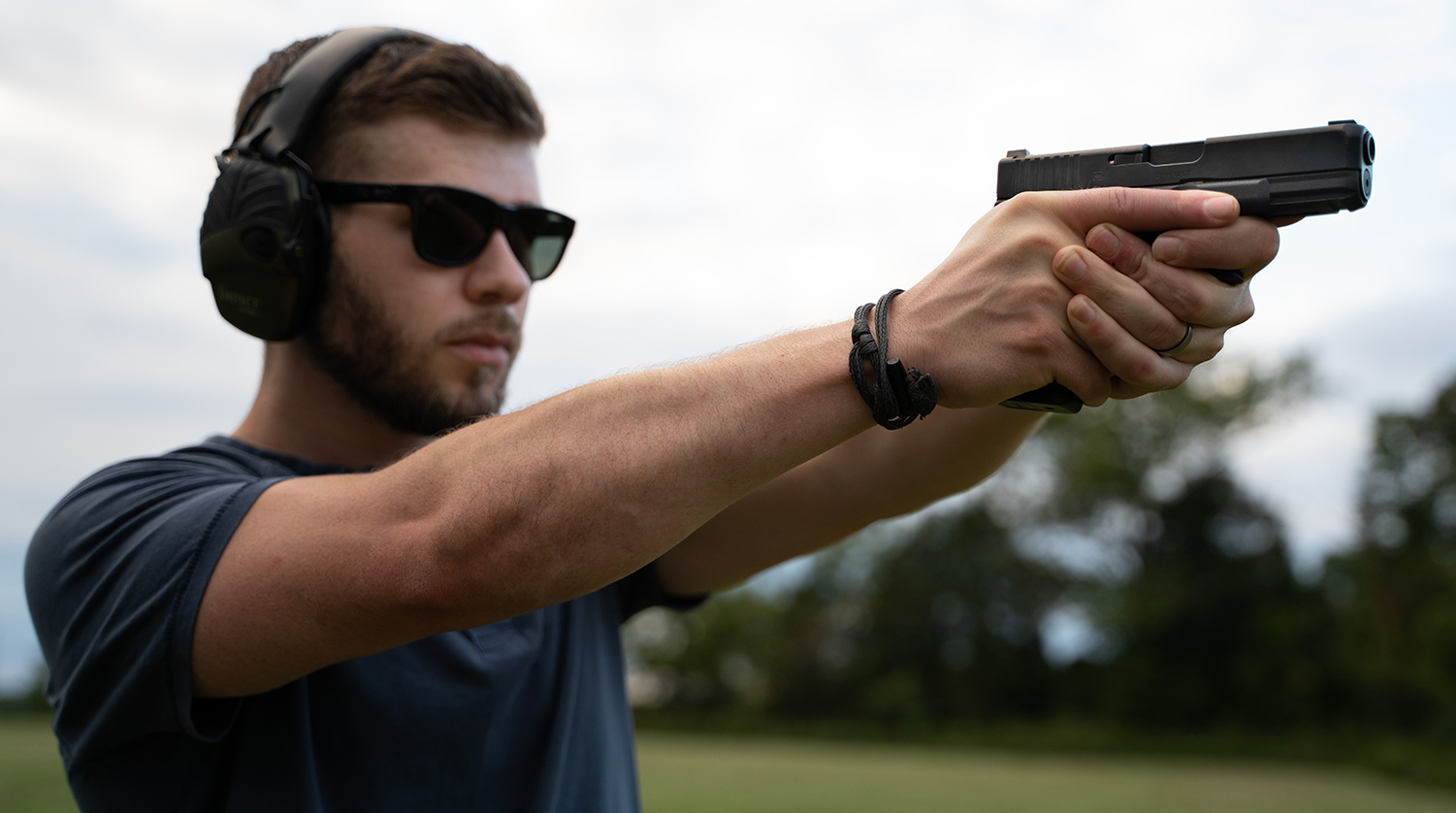
In short, trigger discipline is a frame of mind in which you keep your fingers outside of the trigger guard until your sights are on target. Trigger discipline is typically practiced by positioning the trigger finger against the frame just above the trigger and parallel to the barrel. That way you know exactly where your finger is in relation to your trigger at all times.
In practice, trigger discipline is simple: Do not even THINK about touching the trigger until you intend to fire your weapon – full stop. But there are a couple important things you must know about trigger discipline before you’ve mastered firearm safety.
First, a firearm can still fire even if you haven’t touched its trigger. A firearm is a complicated mechanical device, and any machine is capable of malfunctioning. Engaging a damaged safety may discharge a firearm. Cycling a defective shotgun may cause it to fire. Self-loading firearms are also capable of slamfiring, where a cartridge is ignited the instant it enters the chamber. In short, trigger discipline is no guarantee against unintentional discharge. It’s just one of four rules you follow to eliminate the chances of hurting someone.
Second, trigger discipline may look different in practice when you’re handling a firearm that has a short barrel. If you’re holding a very small handgun and your finger is long enough to extend beyond the muzzle, you do not want to rest your finger flat across the frame. Otherwise an unintentional discharge’s muzzle blast will badly burn your finger.
On that note, a revolver presents an additional hazard. The gap between the cylinder and the forcing cone causes hot propellant gasses to expel in every direction around a revolver when it is fired. You do not want your fingers anywhere near the cylinder gap when you’re handling a wheelgun for that very reason.
The Takeaway
I did not tell all of this to the lady, or else dinner would have gotten cold. I just outlined the four basic rules of firearm safety and further explained trigger discipline the same way a former enlisted Marine once so succinctly explained it to me: “Keep your booger hook off the bang switch!”

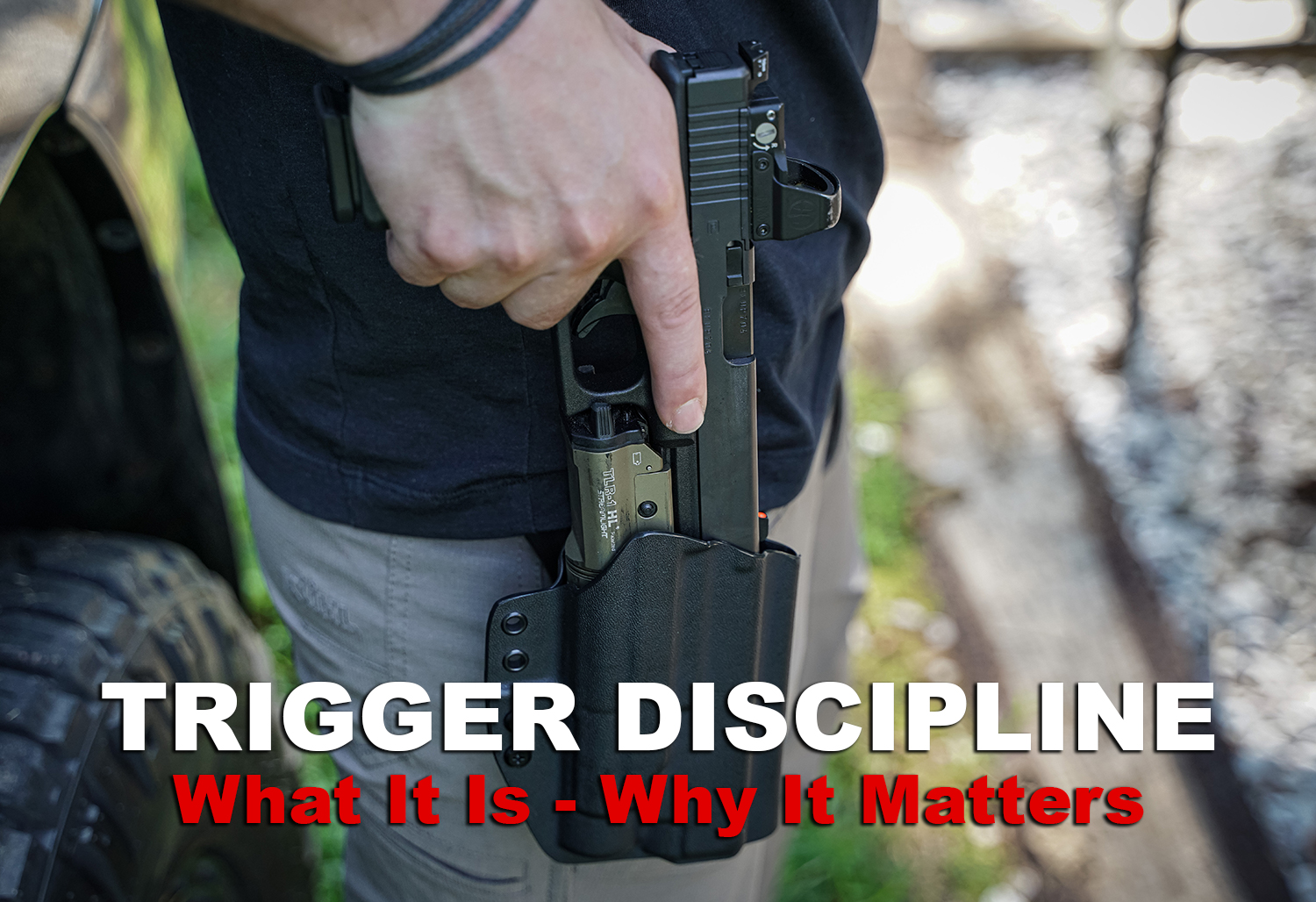
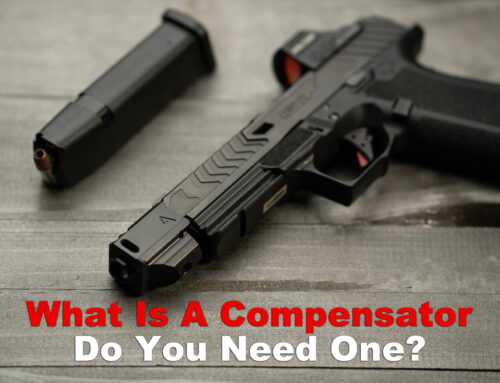

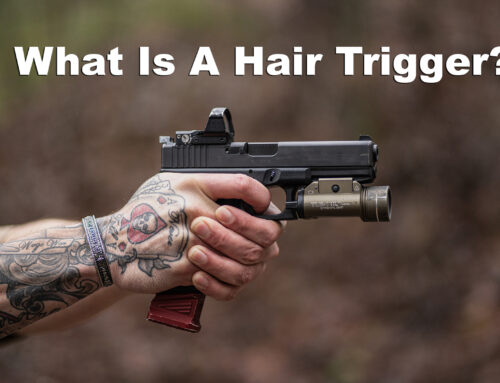
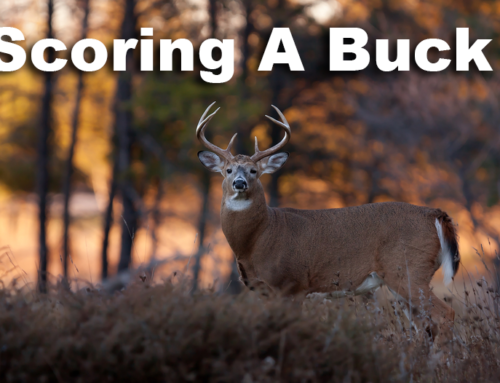
Leave A Comment